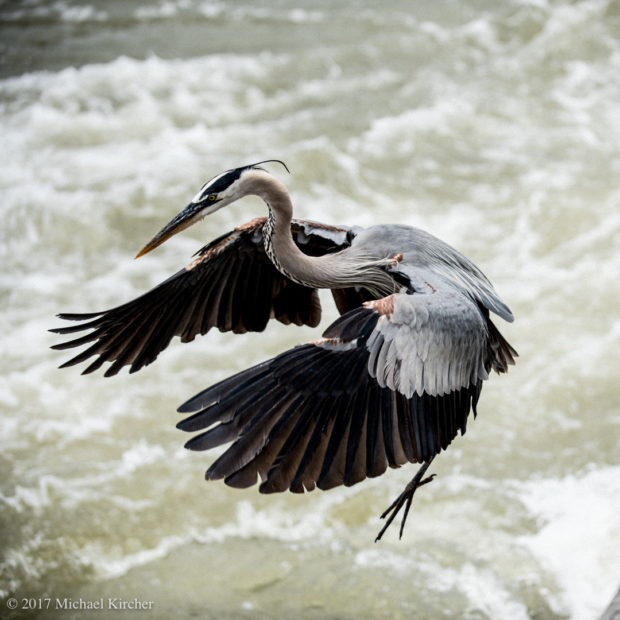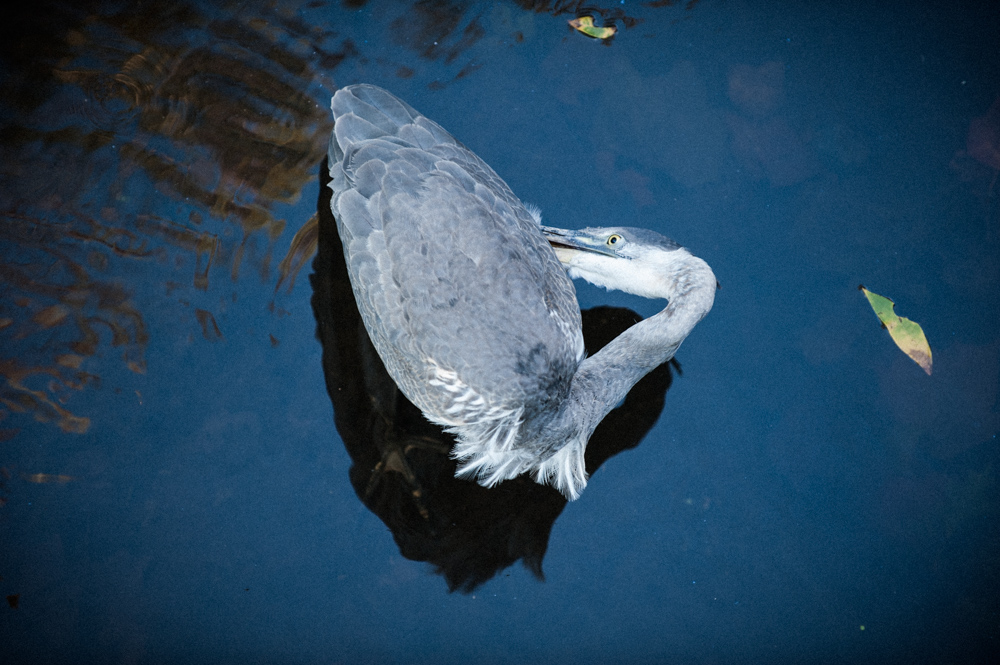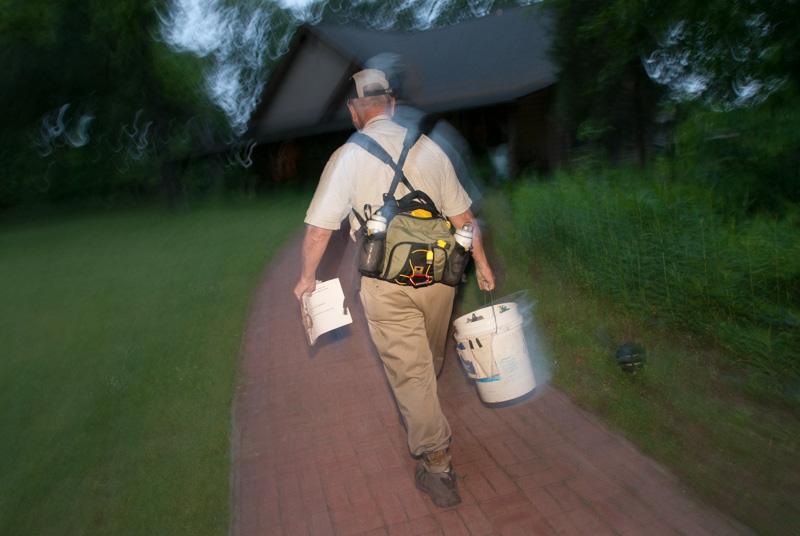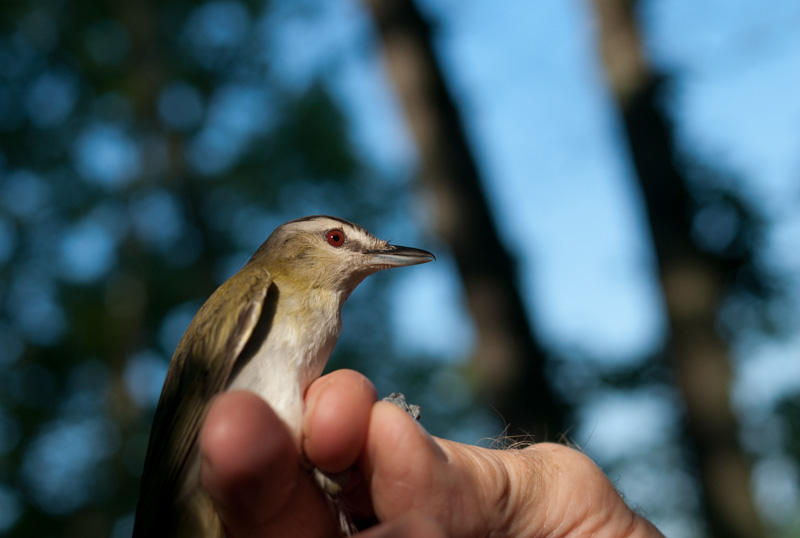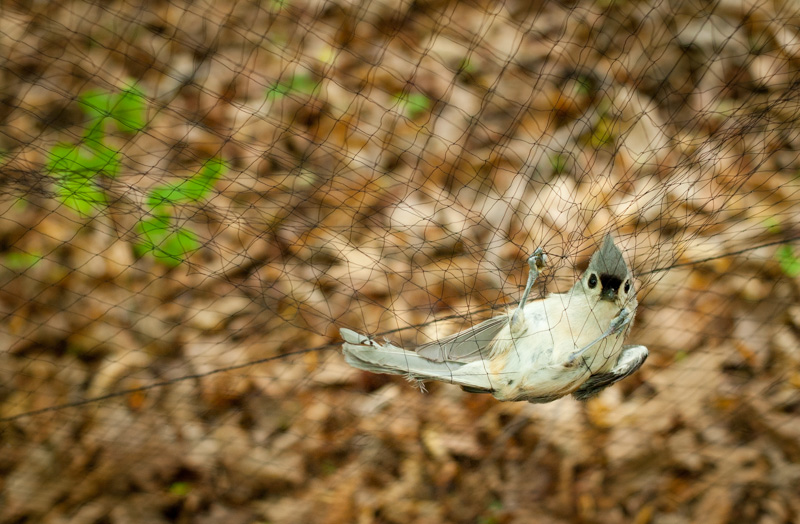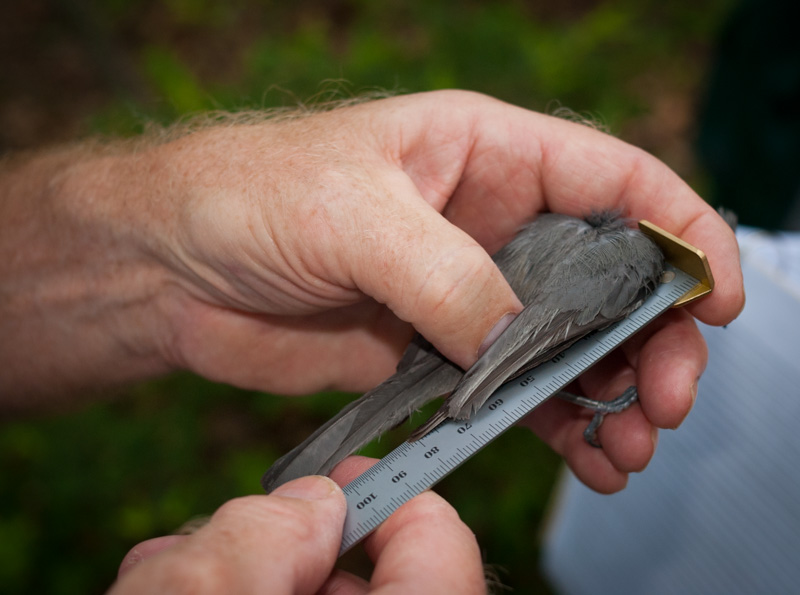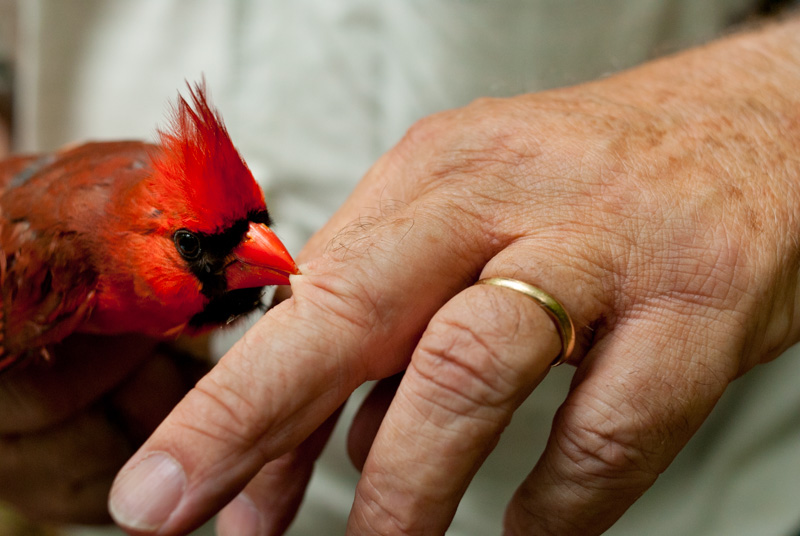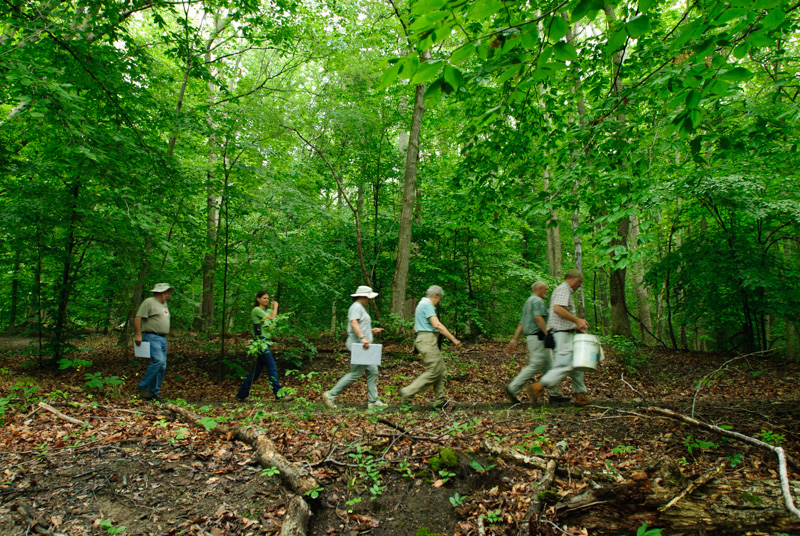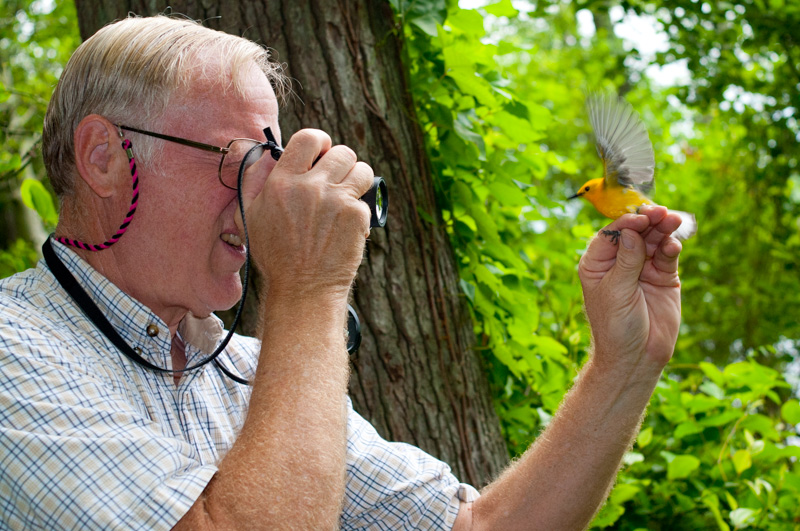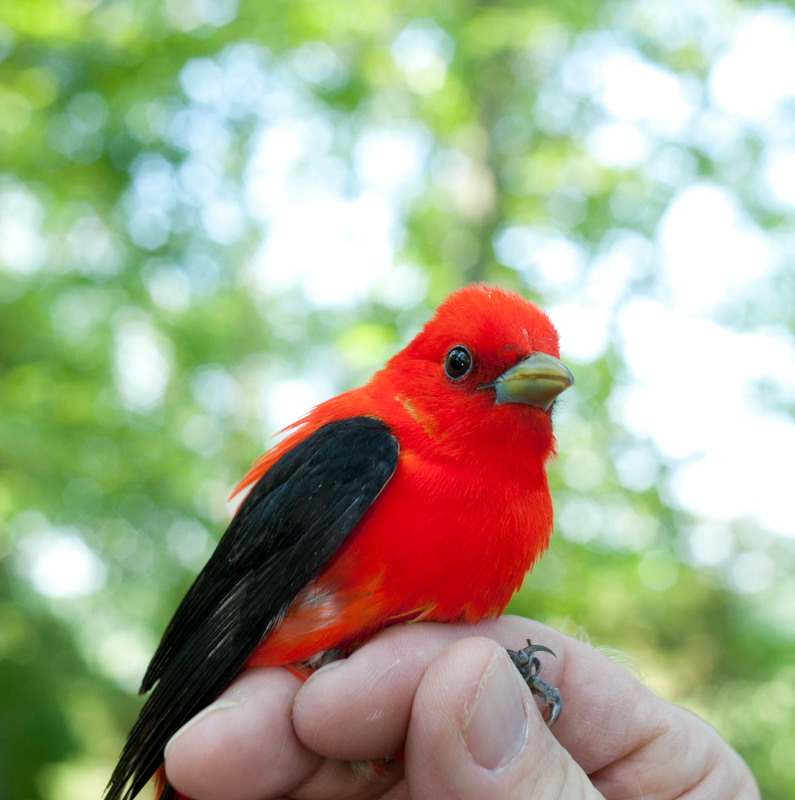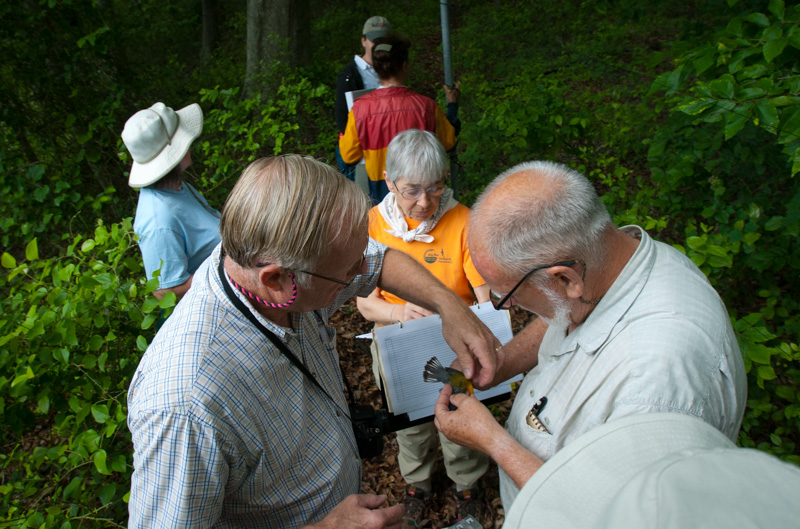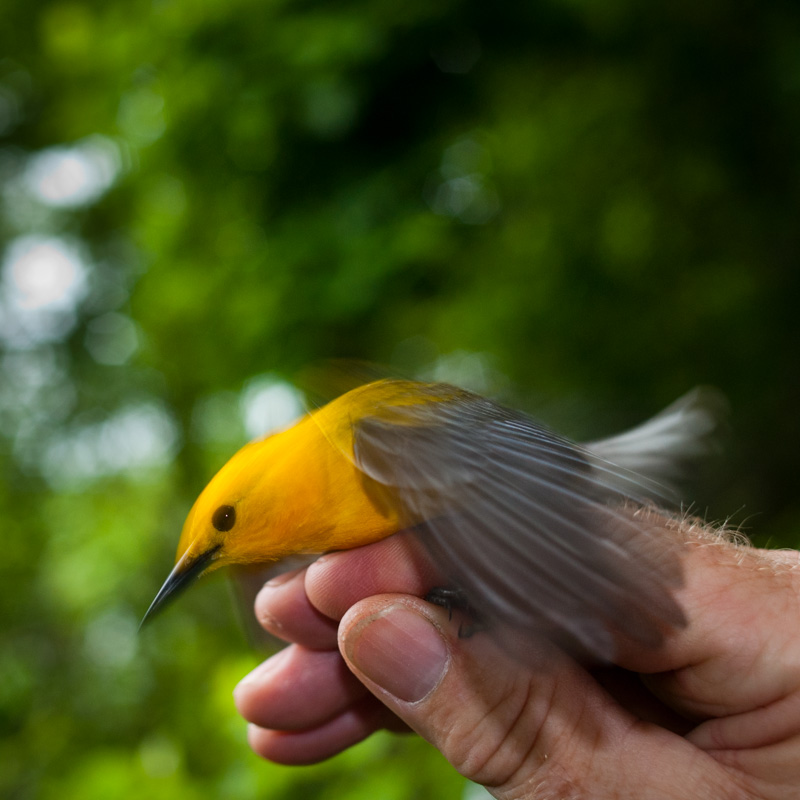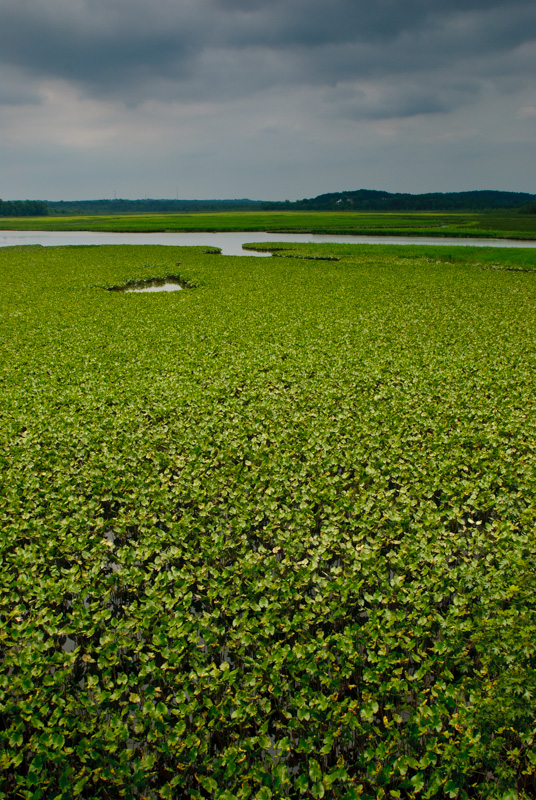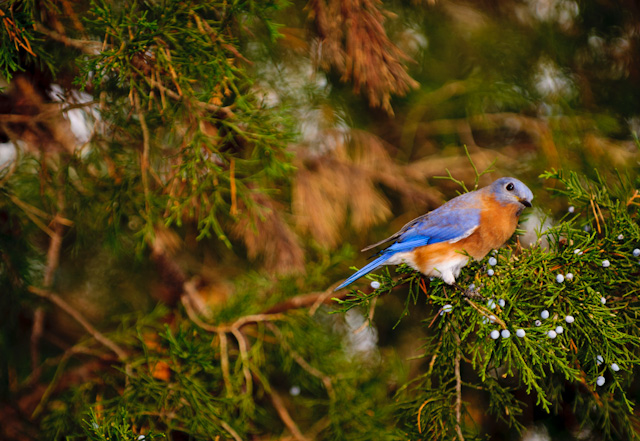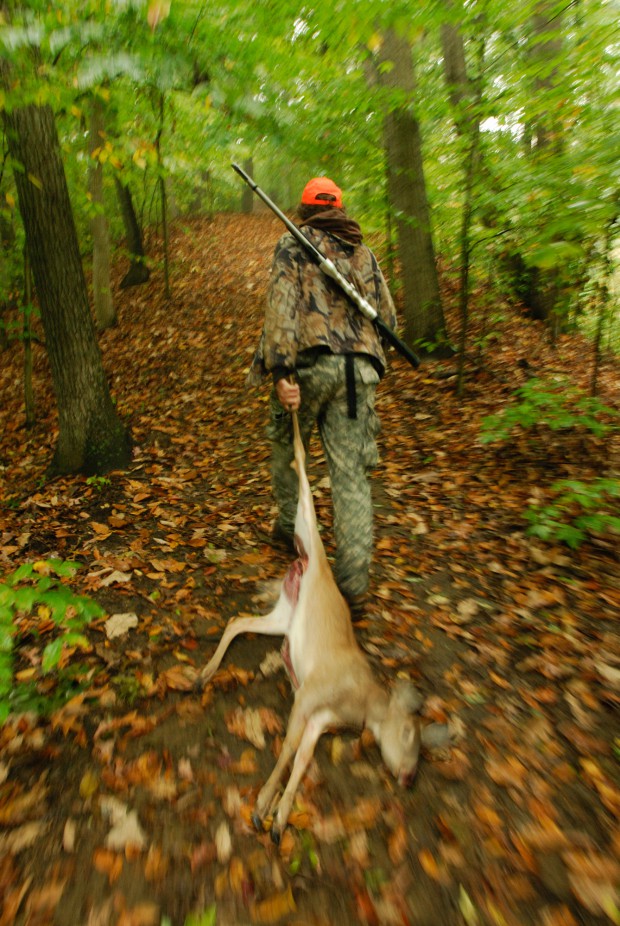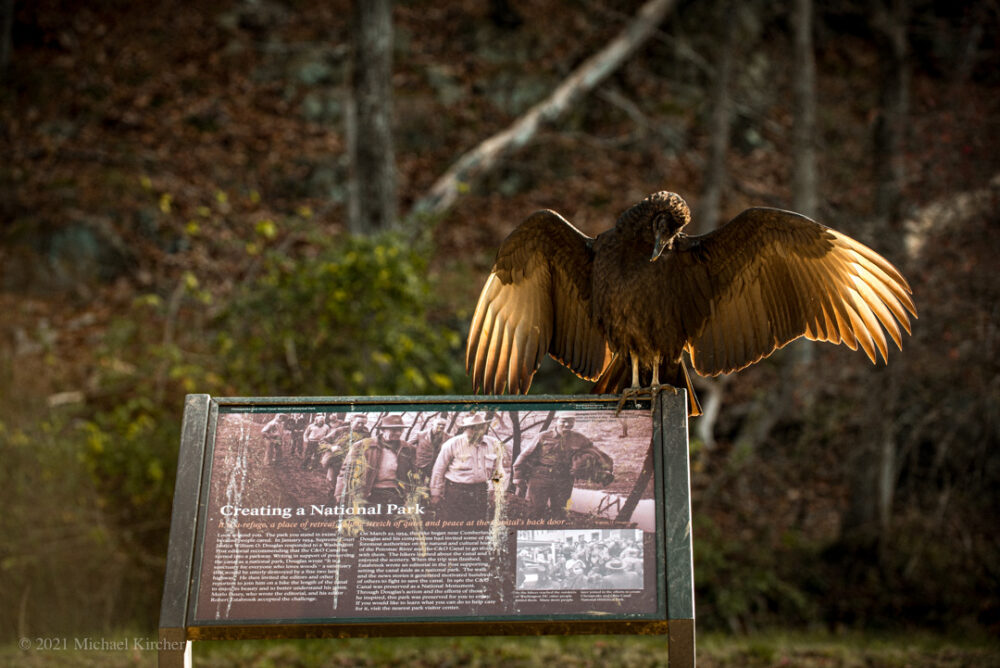
5:30 AM, deep violet-blue darkness. I can see my breath in the moonlight. The only sounds I hear are my own footsteps on the towpath and the faint whooshing and swirling of the Potomac River in the distance. I walk south and as the minutes pass the sky in the northeast begins to glow faintly. Out of the corner of my eye in the dusky shadows of the canal I glimpse a great blue heron as it pumps its six-foot wingspan.
My camera hangs from my shoulder and is equipped with my go-to lens: a 70-200mm. In various pockets of the fly fishing vest I wear, equally distributed, is a 50mm lens, a speedlight, some batteries and an energy bar. There’s a canteen of water in the back pocket.
Cirrus clouds on the horizon begin to reflect a variety of pinks, magentas, and oranges of the coming sun. Contrasted with the aqua blue sky it brings to mind the greatest of the impressionists and invites a sense of a serenity. Enhancing this tranquil scene are the first calls of songbirds like the Carolina wren and tufted titmouse.
More birds join the woodland chorus. Pileated woodpeckers, robins, eastern bluebirds, redwing blackbirds and more.
Further along the way I detect a hint of a rotting carcass. This makes me, paradoxically, look to the tree tops. Sure enough, above the towpath in a leafless, mature oak sits a committee of black vultures. And across the canal at the water’s edge is a small dead deer. Already there are two birds pecking and tearing at the eyes and the rear end. (The softest areas are the best places to start.)
Still too dark for a decent photo so I whisper to the committee, I’ll be back! And I walk on.
About a half mile later I round a corner and see a bench. I take a seat, wait for the sun, drink some water and eat the energy bar. From the trees on my right I see my second great blue heron as it flies down and settles on a rock jutting out of the water like a miniature island. This creates a lovely double silhouette above and below the waterline which is now reflecting a deep amber glow. I make a few photographs and move around to find another angle. The speedlight is now affixed and ready for when the bird flies off. After about 15 minutes it does just that and I capture it in flight, slightly blurred background, flash illuminating the bird. It’s shaping up to be a productive morning I think. I make my way back to see what the vultures are up to.
There are now about 15 birds clamoring for a spot on the carcass. In the trees there are at least 20 more. One or two birds leave the feast and a couple more drop from the tree tops to replace them. A few skirmishes break out. It’s clear they’re going to disappear this deer in short order. A few days perhaps.
A woman with a large backpack and walking sticks stops and asks me why there are so many vultures. I explain the situation and point out the deer across the way. She seems properly fascinated and pulls out her phone to take a few photos. We talk about the C&O Canal and the various and amazing things we’ve experienced here and how lucky we are to have it.
The sun is just above the horizon now. I notice two vultures sitting on a sign that’s placed next to the towpath. I move in that direction, slowly so as not to spook them. One of them spreads its wings for drying. The other jumps from the sign to the ground. As I’m shooting the sun breaks through the trees, strikes the back of the bird and creates a nice highlight on the edge of its outstretched wings.
In the past two years I’ve made nearly 100 trips to the Canal. Given the pandemic and the current state of the world I am sure I would have lost my mind without it. There is a certain calming effect the Canal and its environs have on me. We know spending time outdoors is good for you…like, all around good for you. Your heart rate slows, stress dissipates, mood improves. To hear the breeze in the trees, the song of the sparrow, the roar of the falls. It’s like a natural IV hook-up to the pleasure centers of the brain. And you don’t have to climb El Capitan or shoot the rapids here at Great Falls to get the benefits. A gentle walk through the woods gives you more than enough.
The incessant reminders of a deadly virus infecting the planet, the concerns for friends and family, have had a deleterious effect on all of us to varying degrees. For many, the need to unplug and power down has been most acute in recent months. For me the occasional escape to the Canal goes a long way toward keeping me balanced.
For 2022 staying sane and healthy by visiting the C&O Canal 50 times or so seems the smart move.
